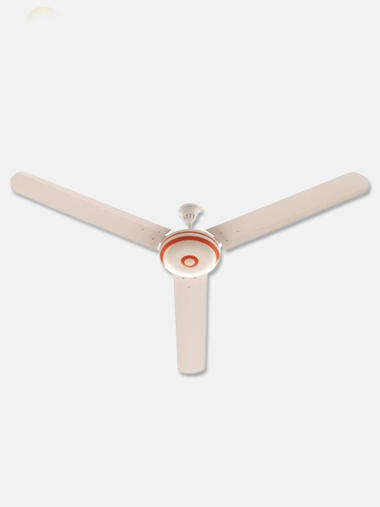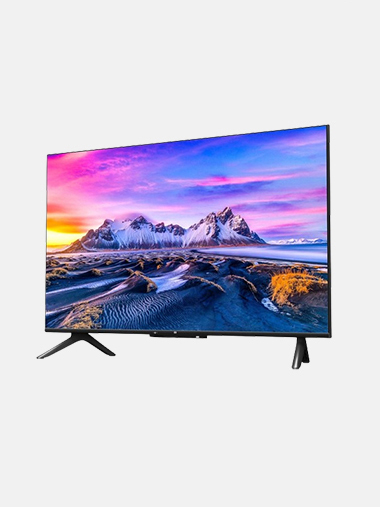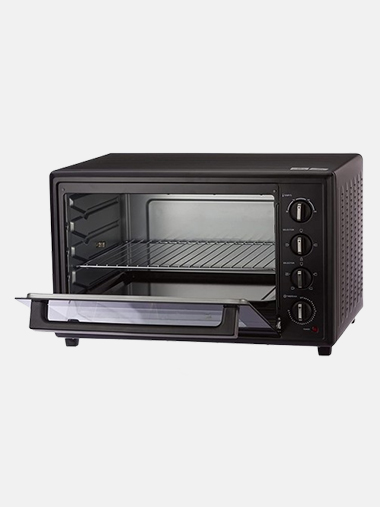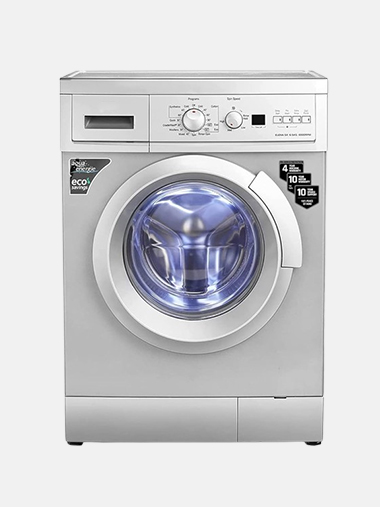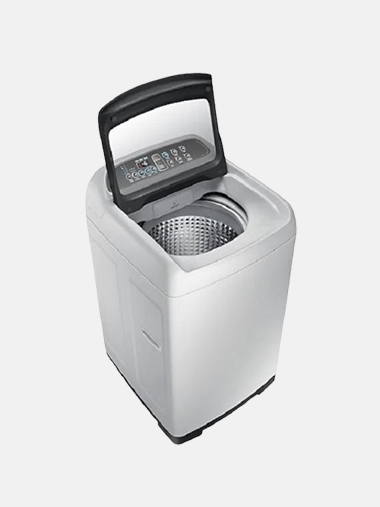1 Ton Air Conditioner
An air conditioner (AC) is a system designed to cool and dehumidify the air in an enclosed space, typically a room or building, to provide comfort for occupants. Air conditioners work by removing heat from the air inside a space and transferring it to the outside environment. They also reduce humidity levels, which can contribute to a more comfortable indoor environment.
Window Air Conditioners: These units are installed in a window or through a wall opening and are typically used to cool individual rooms or small spaces. They consist of a single unit with all components contained within a casing.
Split System Air Conditioners: Split systems consist of two main components: an indoor unit and an outdoor unit. The indoor unit contains the evaporator coil and blower, while the outdoor unit houses the compressor and condenser coil. Split systems are commonly used for cooling larger areas or multiple rooms.
Central Air Conditioning Systems: Central AC systems are used to cool entire buildings or homes. They consist of a central unit that distributes cooled air through ductwork to different rooms or zones. Central AC systems are often more complex and require professional installation.
Portable Air Conditioners: Portable AC units are freestanding and can be moved from room to room as needed. They typically require a window or vent for exhaust air.
Ductless Mini-Split Systems: Similar to split systems, ductless mini-split systems consist of an outdoor unit and one or more indoor units, but they do not require ductwork for air distribution. They are often used in situations where ductwork is impractical or costly to install.
Compressor: This component compresses refrigerant gas, raising its temperature and pressure.
Condenser Coil: The hot, pressurized refrigerant gas flows to the condenser coil in the outdoor unit, where it releases heat to the outside air and condenses into a liquid.
Expansion Valve: The liquid refrigerant passes through an expansion valve or metering device, which reduces its pressure and temperature.
Evaporator Coil: The low-pressure liquid refrigerant enters the indoor unit's evaporator coil, where it evaporates into a gas, absorbing heat from the indoor air in the process.
Blower Fan: The blower fan in the indoor unit circulates the cooled air throughout the room or building.
Other Products you may be interested!
Product Categories
Contact Us
- Address: House# 5 (2nd Floor), Road# 7, Block# F, Banani, Dhaka-1213.
- Phone: +88 02 55041896, 02 226603195
- Mobile: +880 1700 764494
- Email: info@bondsinternationalltd.com


